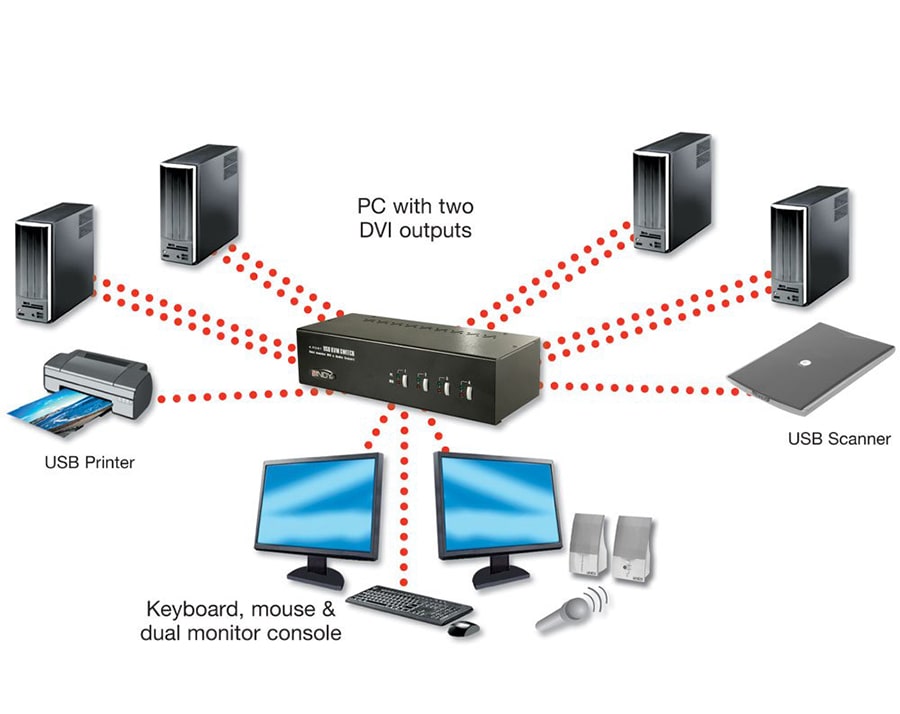There are currently four types of leading virtualization products for medium and small business: VMware, HyherV, Xen, and KVM.
1. VMware

VMware was the first virtualization engine on the X86 platform; the first product having been released in 1994. After more than ten years of development and market testing, the product was becoming more mature, stable, and compatible.
VMware's product line is very comprehensive, not only with virtualization solutions, but also with its own products at the IaaS, SaaS, and PaaS technology. VMware also has related solutions in terms of network and storage.
VMware and network server vendors also have some proprietary protocols. Many mainstream server vendors support VMware's proprietary protocols and form an ecosystem with VMware.
VMware is currently dominated by EMC, and its virtualization products are VMware Workstation (which is used for personal use), VMware Fusion for Apple users, and VMware ESXi for enterprise users. The main management tool is the VMware vSphere suite.
VMware's products are basically non-open-source products, and most of them are not free. They are generally used more commonly in some traditional industries, and are used less in small, medium-sized enterprises along with the Internet industry.
2. HyperV

HyperV is Microsoft's virtualization product, which has grown very rapidly during recent years. HyperV in Windows Server 2012 R2 supports many new virtualization features and must use the 64-bit version of the Windows product. HyperV also supports the virtual machine of the Linux system.
HyperV is a non-open-source charging product. HyperV's cluster management tool, SCVMM, is very complicated; you’ll need to configure Windows domain, Windows Server cluster, and then manage multiple hosts. Because the cost of HyperV is relatively low, the market share has also increased in the recent years, mainly because some companies using Windows systems use more.
3. Xen

Xen was the first open-source virtualization engine developed by the University of Cambridge, and the concept of virtualization was first proposed by Xen. Xen was later acquired by Citrix and launched as a management tool called XenServer, which was announced free of charge at the end of 2013.
Because Xen had launched a long time ago, its compatibility and stability are relatively good enough. Currently, Xen is primarily used by some companies that have accumulated more technology about Xen.
4. KVM

KVM is relatively younger than other companies, so it was born with many advantages of virtualization technology. It supports hardware virtualization technology from the beginning and there is no historical compatibility.
When KVM was introduced, its performance was quite good. Currently, KVM is the preferred virtualization engine on the OpenStack platform. The new generation of public cloud systems throughout the country all uses KVM as the underlying virtualization engine. KVM has become the mainstream choice for open-source solutions.

